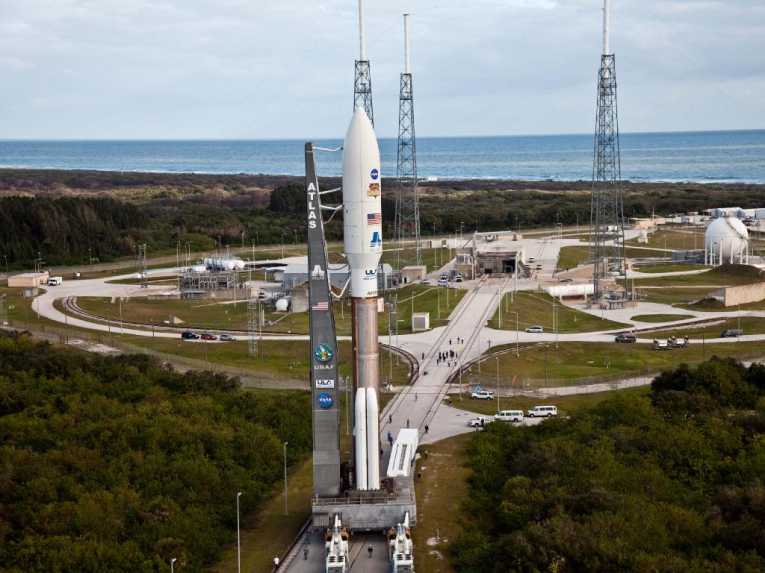After poor performances from several recent expeditions, not forgetting the infamous 1999 metric measurement mix-up, the biggest Mars rover yet, Curiosity, is on its way from earth to the red planet. It's easy to be pessimistic after Russian, Chinese, British and American failures, but it pays to be more confident in technologies that in NASA at least have been very successful. After 352 million miles and 8 months, we will have to adjust to the Martian year (23 months) to follow the landing and canyon sampling. 10.6 pounds of plutonium powers the rover for at least 12 miles, but going by the lengthy drive of Opportunity at the other end of Mars, Curiosity will have scientists wanting to continue their virtual drive on Mars. And in the future, "We are very excited about sending the world's most advanced scientific laboratory to Mars," NASA Administrator Charles Bolden said. "MSL will tell us critical things we need to know about Mars, and while it advances science, we'll be working on the capabilities for a human mission to the Red Planet and to other destinations where we've never been."
Soon there will be minor adjustments to the craft's course, having separated from the Atlas V rocket. Our first trajectory correction maneuver will be in about two weeks," said Mars Science Laboratory Project Manager Peter Theisinger. "We'll do instrument checkouts in the next several weeks and continue with thorough preparations for the landing on Mars and operations on the surface." The craft should arrive in Martian orbit during August and I'm sure we'll be intrigued by that unique" Sky-crane."
Gale Crater, where the rover Curiosity of NASA's Mars Science Laboratory mission will land in August 2012, contains a mountain rising from the crater floor. This oblique view of Gale Crater, looking toward the southeast, is an artist's impression using two-fold vertical exaggeration to emphasize the area's topography. Curiosity's landing site is on the crater floor northeast of the mountain. The crater's diameter is 96 miles (154 kilometers).

(The image combines elevation data from the High Resolution Stereo Camera on the European Space Agency's Mars Express orbiter, image data from the Context Camera on NASA's Mars Reconnaissance Orbiter, and color information from Viking Orbiter imagery.) Credit: NASA/ESA
Below is an artist's impression of all the paraphernalia involved in Curiosity's experiments. Hopefully such advanced instrumentation produces results:

NASA Mars Rover Curiosity instruments; Credit: NASA
The locations of several science instruments and major subsystems on the NASA Mars rover Curiosity are shown. These are (clockwise from left): Rover Environmental Monitoring Station (REMS); Mast Camera (Mastcam); Chemistry and Camera (ChemCam); Rover ultra high-frequency (RUHF) antenna;
Multi-mission radioisotope thermoelectric generator (MMRTG);
Rover low-gain (RLGA) antenna; high-gain antenna; Dynamic Albedo of Neutrons (DAN); the mobility system(wheels and suspension); Radiation Assessment Detector (RAD); Mars Descent Imager (MARDI); turret and robotic arm.
Two science instruments, the Chemistry and Mineralogy (CheMin) and Sample Analysis at Mars (SAM) are inside the body of the rover.










